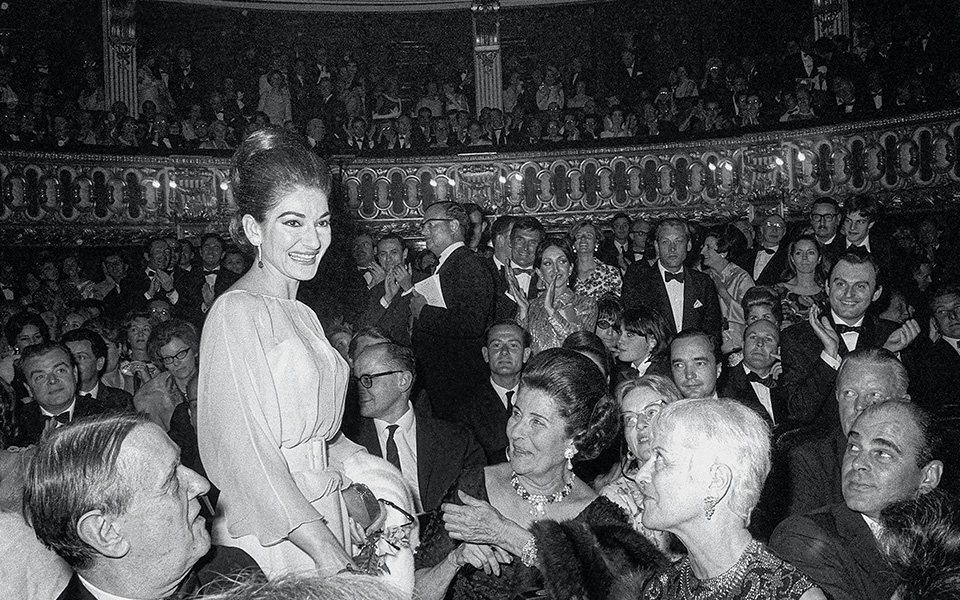Her voice is the shadow that remains after the shock, after anger: the sound of a woman realizing she has nothing left to live for. It is the second act of Verdi’s opera “La Traviata.” Violetta and Alfredo, a prostitute and a wealthy young man, have fallen madly in love. But his father confronts her, demanding she drop the disreputable affair to salvage the marriage prospects of Alfredo’s sister.
For Violetta, it is an unbearable sacrifice, but she’ll do it. “Dite alla giovine,” she sings, in a broken murmur: Tell your daughter that I will abandon the one good thing I have, for her sake. Singing that passage on May 28, 1955, at the Teatro alla Scala in Milan, soprano Maria Callas reached the phrase about how “bella e pura” Alfredo’s sister is – how beautiful and pure – and inserted the tiniest breath before “pura.”
It’s a barely noticeable silence, but within it is a black hole of resignation. Callas’ split-second pause achingly suggests Violetta knows that if she, too, were pure, her happiness would not be expendable. Tiny details like this are how Callas – who would have turned 100 on December 2nd, 2023 – gave opera’s over-the-top melodramas a startling sense of reality, and her characters the psychological depth and nuance of actual people. Tiny details like this, captured on hundreds of recordings, are how this most mythical of singers has stubbornly resisted drifting entirely into myth.
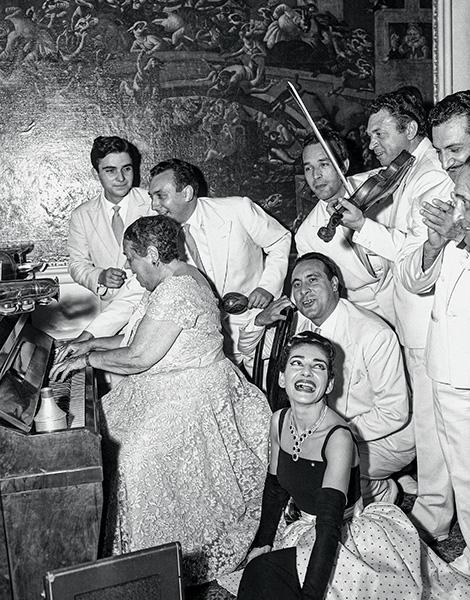
© AP Photo / Jim Pringle
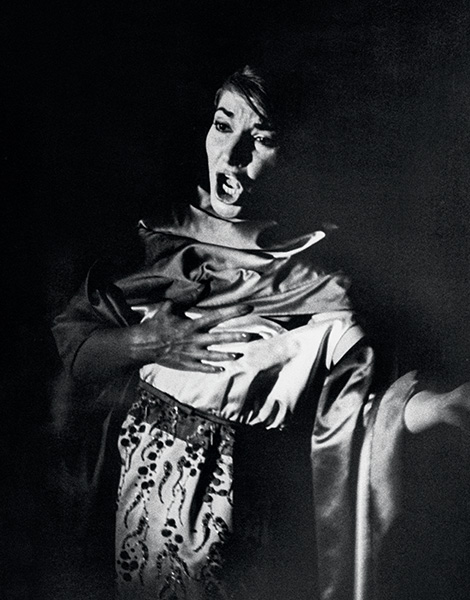
© Ben Martin / Getty Images / Ideal Image
The defining diva of the 20th century, Callas is not so far from us in some ways; a normal life span would have brought her well into the 21st. Those many recordings – endlessly remastered, repackaged and rereleased – have kept her in our ears, the benchmark of what is possible in opera, musically and emotionally. Her dramatic art and dramatic life, often intertwined, have made her an enduring cultural touchstone: a coolly glamorous stare in Apple ads and the inspiration for plays (including a Tony Award winner), performances by Marina Abramovic (bad) and Monica Bellucci (worse), an upcoming film starring Angelina Jolie (we’ll see), and even a hologram tour (sigh).
Yet Callas can also seem like a figure of faraway history. Her lonely death was back in 1977, when she was just 53 – and by then, her days of true performing glory were almost 20 years behind her. The number of people who saw her live, particularly in staged opera, is dwindling, and her short career was just early enough that precious little of it was filmed. So she has been for decades, for most of us, a creation of still images and audio. We have to use those tools to conjure what her performances were like, to complete them.
But when you hear her, this is surprisingly easy. You listen to that “Dite alla giovine” and immediately see, in her voice, the blankness of her face, the mouth barely moving and the rest a mask of surrender, the shoulders collapsed. At the end of her classic 1953 “Tosca” recording, you can again “see” that indelible face, this time shifting in a couple of seconds from hushed excitement to catastrophic loss. (Listen to the sudden fear in that second cry of “Mario!”) With Callas, the aural always presses toward the visual; the voice, with its specificity and pungency, its weirdly death-haunted vitality, makes you imagine her body, moving in space. In her performances, there was never a sense of opera as mere entertainment, a night out with pretty music. She took every note seriously, where others fudged and coasted; she was refined where others were vulgar. In her powerfully expressive voice and magnetic presence, opera really, truly mattered.
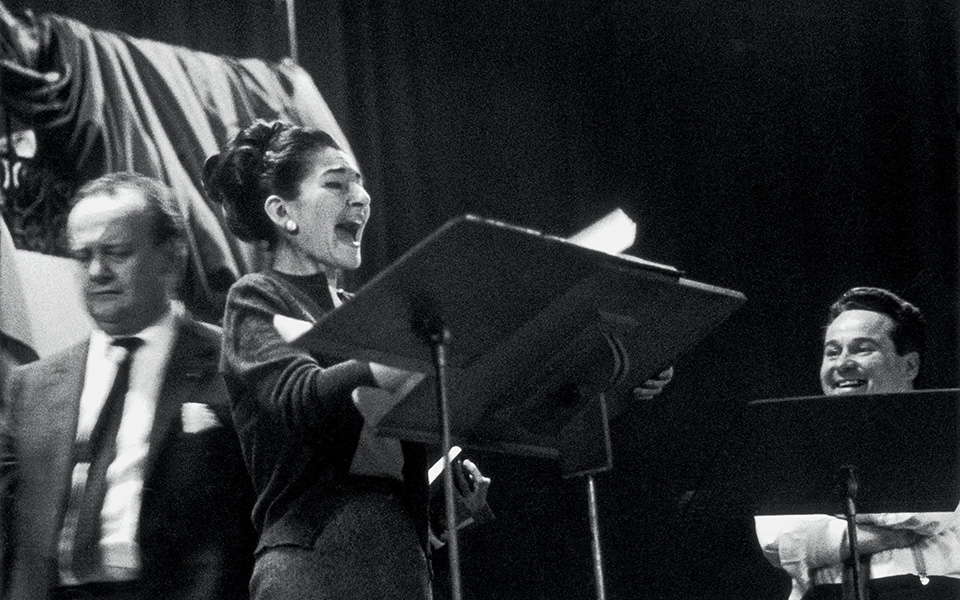
© Robert Doisneau / Getty Images / Ideal Image
Intuition and skill
Watch her perform “Tu che le vanità” from Verdi’s “Don Carlo” in concert in 1962, near the end of her career. You are aware even before she opens her mouth of opera’s founding paradoxes. She is grand, and honest; epic, and intimate. Opera in the modern era is at its core an exhumation of the past, a literal revival. Callas is the quintessential singer – she is opera – not because of her instrument or her acting, but because, with a combination of born intuition and carefully acquired skill, she imagined and reconstructed a vanished world.
She took on a whole repertory – the bel canto of the early 19th century, notably operas of Gaetano Donizetti, Vincenzo Bellini and Gioachino Rossini – that had been ignored or distorted for generations. And she approached pieces that had never left the public, like “La Traviata,” Donizetti’s “Lucia di Lammermoor” and Bellini’s “Norma,” as if they were being done for the first time. The title character of “Lucia,” then widely assumed to be a chirpy cipher, was in Callas’ throat a morbid, ecstatic Gothic heroine – more intense, and more believable. In the wake of World War II, she showed that Europe’s patrimony could emerge from the rubble.
Born in New York to Greek immigrants, Callas grew up listening to Metropolitan Opera radio broadcasts and, at 13, returned with her mother to Greece. Just a year later, she was singing Carmen’s “Habanera” and Norma’s “Casta diva” as a conservatory student in Athens.
She had no real apprenticeship. There were no supporting parts, no young-artist programs. By her early 20s, she was singing some of the most challenging roles in the repertory; by her early 30s, she was singing them all over the world. She made her name with outlandish feats, like doing Brünnhilde in Wagner’s “Die Walküre” and Elvira in Bellini’s “I Puritani” – which few sopranos paired in the same lifetime – in the same week. And once she became an object of worship, scratchy pirated recordings of a passionate “Traviata” from Lisbon, Portugal, were passed around like religious relics; ditto a Mexico City “Aida,” in which Callas stretched an old but rare interpolated high E flat to gleaming length at the end of the Triumphal Scene.
Her voice, matchlessly articulate and often quite beautiful but also idiosyncratic and fragile, didn’t hold out too long, and her career was brief; there was maybe a decade of prime singing, largely in the 1950s. By the time she was 40, it was essentially over.
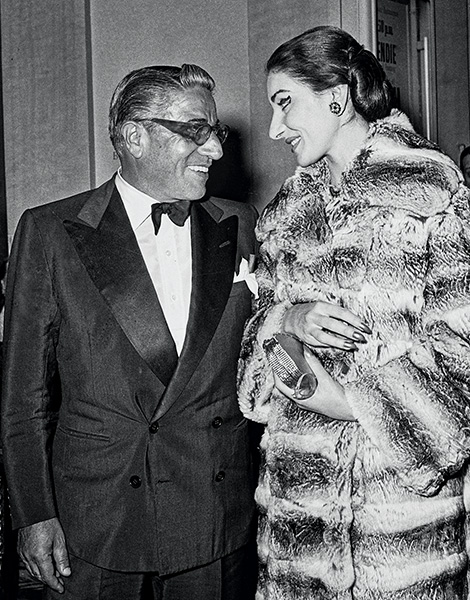
© Hulton Archive / Getty Images / Ideal Image
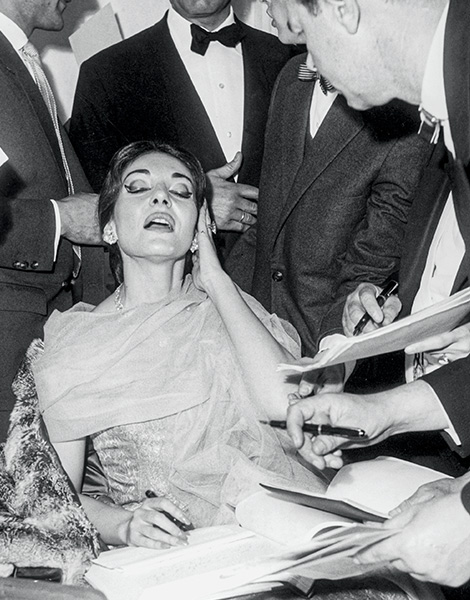
© Hulton Archive / Getty Images / Ideal Image
Extreme emotion
Brief – and unbelievably dense and tumultuous. Who knows the root of Callas’ restlessness, her insane commitment, her ferocity, her rivalries? There was clearly a deeply ingrained sense of unworthiness that you could trace back to her difficult childhood, with a mother who openly preferred her prettier sister. Self-buttressing, self-hating, self-defeating, Callas needed the stage desperately, and yet she always needed to be pushed onto it. Her loss of some five or six dozen pounds in the early ’50s, slimming into one of the century’s most stylish women, made news, as did her dropping out midway through a “Norma” in Rome in 1958. The year before, she had pleaded illness before missing a performance of Bellini’s “La Sonnambula” in Edinburgh, then was photographed at a swanky party in Venice. A lifetime later, it all seems so petty, but the venom that greeted these cancellations – hard to imagine today – helped usher in the end of Callas’ career.
She left her husband for shipping magnate Aristotle Onassis, largely giving up performing in the process. When Onassis eventually married Jackie Kennedy instead, Callas was alone and bereft, without either the vocation that had given her purpose or the man who had replaced it. Living mostly in seclusion, though always harboring hopes of returning to the stage, she became for many a kind of saint or martyr, an embodiment of the hopelessly loving, direly abandoned characters she had played.
“Until the end,” a friend said, “she continued her vocal exercises.”
As Callas’ life fades ever further into the distance, her voice is more and more what we are left with. “Generally, I upset people the first time they hear me,” she told a biographer, “but I am usually able to convince them of what I am doing.”
Francesco Siciliani, an impresario who engaged Callas as she rose in the late 1940s, was right when he said, “Parts of the voice were beautiful, others empty.” But the flaws that grew more prominent over time – the thinnesses and wobbles, the metallic harshness and questionable intonation – were, as she knew, usually convincing, not least because her sound, for all its troubles, was so instantly recognizable, and such a perfect vessel for extreme emotion. There was always that sense of every phrase being considered, without feeling studied – of a voice with a purpose.
We can see from photos the amazing ability of her face – and, perhaps just as important, her hands – to capture anguish, authority and charm. But among the most pernicious stereotypes about Callas is that she was an actress who could barely sing, who got by on charisma alone.
The records disprove this. Listen to her tender “O mio babbino caro.” Listen to her delicate yet commanding “D’amor sull’ali rosee.” She was always a bel canto singer at heart. In the early 1970s, when she led a series of master classes at the Juilliard School, a student defended herself after a bad high note by saying it was meant as a cry of despair.
“It’s not a cry of despair,” Callas shot back. “It’s a B flat.”
It’s appropriate that this is the lasting image of her final years, and the theme of Terrence McNally’s Tony-winning play “Master Class”: Callas as a wise but overbearing, even fearsome teacher. She and those hundreds of recordings continue to teach, continue to loom over opera. Singers are still compared to her, especially those with compelling presences and voices on the acidic side.
Sixty years after Callas sang “Medea,” the star of a new production at the Met in 2021 said Callas’ legacy hadn’t stopped being the “elephant in the room.” Opera is still asking the question that writer Ethan Mordden recalled being posed by a friend back in 1969: “Is there life after Callas?”
Should there be? She and her flash of a career remain a beacon of artistic integrity and profundity – of the cultivation of tradition and craft, of a desire to bring the past to bear on the present – in a culture that values those qualities less and less.
Costume designer Piero Tosi was there for her great “Traviata” at La Scala in 1955. “She scarcely seemed to be singing,” he said of her “Dite alla giovine.” “Yet everyone heard.”
Impossibly distant, yet immensely present: at her centennial, Callas still occupies a position in opera something like the sun.

